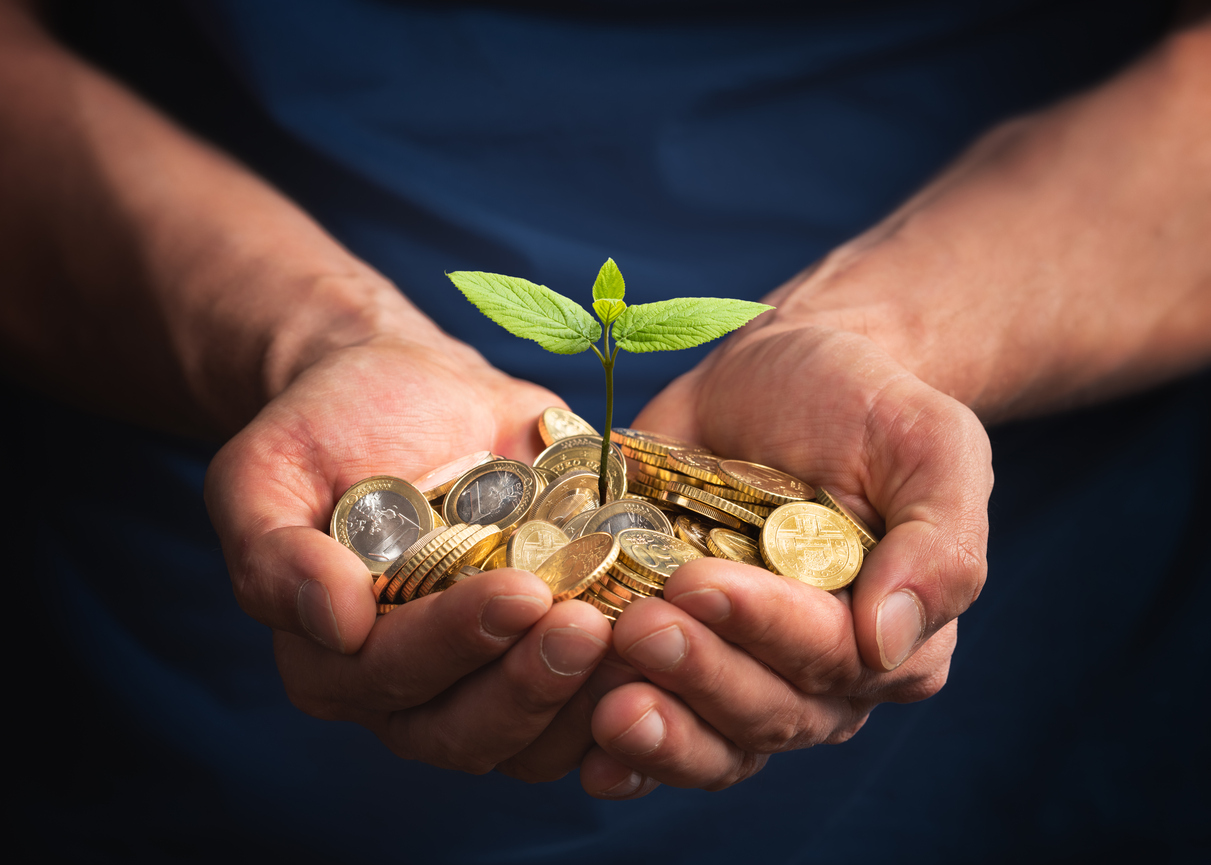If you want to grow your wealth and secure a comfortable financial future, one powerful tool you should consider is a high-yield savings account. By harnessing the power of compound interest, these accounts can help your money work harder for you, allowing your wealth to grow over time. In this article, we will explore the concept of compound interest, the benefits of high-yield savings accounts, strategies for maximizing compound interest, and common misconceptions surrounding this financial tool. If you start searching the options below, you can find the best deals for you.
How Compound Interest Works
Compound interest works in your favor when you let your money sit and grow over a long period. The longer you keep your funds invested, the more time they have to compound and generate additional interest. This compounding effect is often referred to as “the eighth wonder of the world” and is considered one of the most powerful tools for wealth accumulation.
The Magic of Compounding Over Time
One of the remarkable aspects of compound interest is how it can significantly impact your savings over time. By consistently contributing to a high-yield savings account and giving your money time to compound, you can harness this magic to achieve your financial goals. Whether you’re saving for a down payment on a house or planning for retirement, compound interest can make a substantial difference in the final amount you accumulate.
What is a High-Yield Savings Account?
A high-yield savings account is a type of savings account that offers a higher interest rate than traditional savings accounts. These accounts are typically offered by online banks or credit unions and provide a safe and secure place to store your money while earning a competitive return.
Benefits of High-Yield Savings Accounts
There are several benefits to opening a high-yield savings account. Firstly, the higher interest rates allow your money to grow more quickly compared to standard savings accounts. Secondly, high-yield savings accounts often have low or no fees, meaning more of your money goes towards building your wealth. Lastly, these accounts provide easy access to your funds, making them a flexible option for both short-term and long-term savings goals.
How to Choose the Right High-Yield Savings Account
When selecting a high-yield savings account, it’s essential to consider a few factors. Look for a reputable bank or credit union with a strong track record and excellent customer service. Additionally, compare the interest rates offered by different institutions and choose the one with the highest APY. Finally, consider any potential fees associated with the account, including monthly maintenance fees or minimum balance requirements.
Regular Contributions and Compound Interest
Consistently adding to your high-yield savings account is one of the most effective ways to take advantage of compound interest. By making regular contributions, you’re bringing in more money to compound and grow over time. Set up automatic transfers from your checking account to ensure you are consistently saving, even if it’s just a small amount each month.
The Impact of Different Interest Rates
Although high-yield savings accounts offer higher interest rates than traditional savings accounts, it’s worth comparing rates between different institutions. Even a small difference in APY can have a significant impact on the growth of your savings over time. Carefully research and compare rates before choosing a high-yield savings account to maximize your earning potential.
Long-Term Strategies for Wealth Growth
While compound interest is a powerful tool, it requires time to work its magic. Consider a long-term approach to growing your wealth. Resist the temptation to withdraw funds prematurely and let your money compound over several years or even decades. By adopting a patient and disciplined mindset, you can unlock the full potential of compound interest and build substantial wealth.
Understanding the Risks and Rewards
While high-yield savings accounts offer impressive returns compared to traditional savings accounts, it’s important to understand that risk and reward go hand in hand. The interest rates can fluctuate, and it’s essential to stay updated with changes in the market. Additionally, keep in mind that interest earned may be subject to income tax. Consult with a financial advisor to fully understand the potential risks and rewards associated with high-yield savings accounts.
















